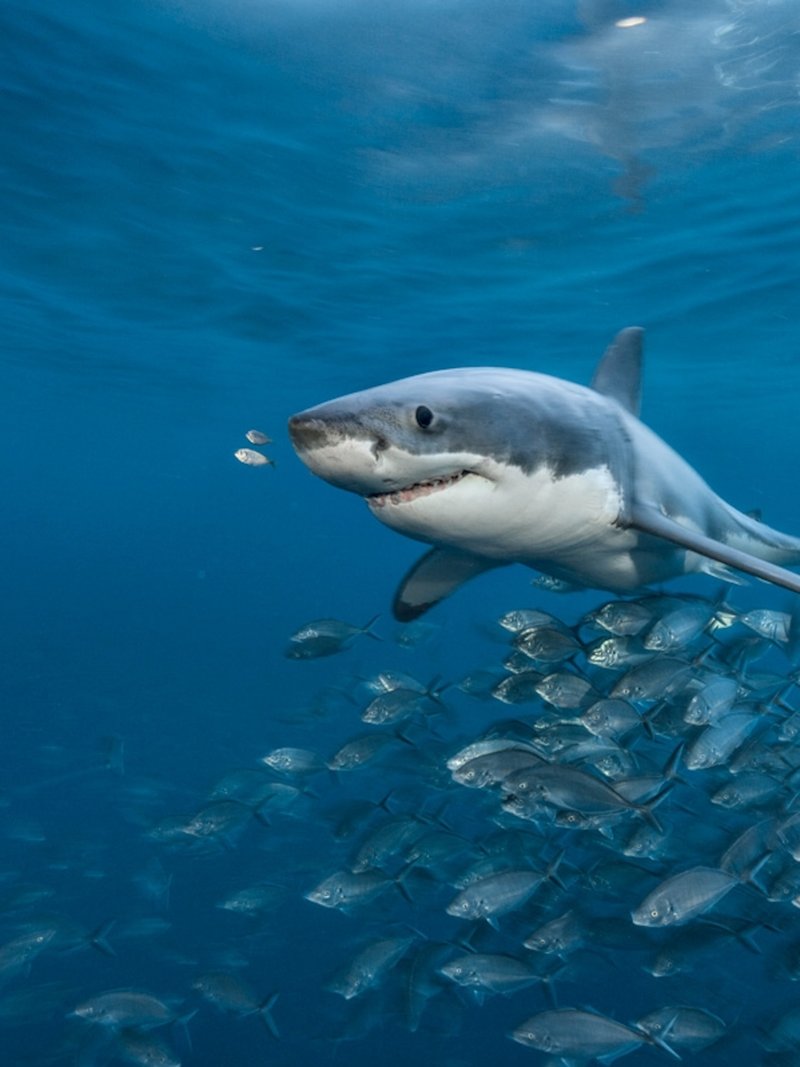
Just like people have their favorite haunts, Great White Sharks have their preferred spots too. They thrive in cool, coastal waters, but are also known to venture far offshore and even into some rivers. Understanding where these magnificent predators live not only sparks interest but also sheds light on their behavior, feeding patterns, and conservation needs. So, let’s dive a little deeper into the fascinating world of Great White Sharks and discover the places they call home.
The Oceans: Great Whites’ Primary Habitat
Great White Sharks primarily inhabit the oceans, making them true oceanic nomads. They prefer cooler waters, often found near continental shelves, where the ocean floor rises sharply. This environment is rich with nutrients and teeming with marine life, making it a perfect feeding ground. You could say these sharks have a taste for the “good life” — hunting seals, sea lions, and various fish that thrive in these areas.
You might be surprised to learn that Great Whites are found in several key locations around the world. For instance, the coasts of California, South Africa, Australia, and Mexico are hotspots for these sharks. In California, the waters around the Farallon Islands are famous for Great White sightings, particularly during the fall when seals are abundant. Similarly, the waters off South Africa’s Cape Town offer thrilling encounters, especially in Shark Alley, where sharks gather to feast on seal colonies.
Let’s not forget about the migratory behavior of Great Whites! These sharks can travel vast distances in search of food or suitable breeding grounds. Some have been tracked swimming over 1,000 miles! This long-range travel helps them adapt to changing environmental conditions, ensuring they always find a meal. Their ability to roam large areas is one of the reasons they’re such a fascinating study for marine biologists.
Rivers: A Surprising Habitat
You might not expect to find Great White Sharks in rivers, but it’s true—some young sharks have been spotted in estuaries and rivers. These environments provide a unique mix of fresh and saltwater, which can offer advantages for juvenile sharks. In places like the Laguna de San Ignacio in Baja California, Mexico, young Great Whites can be observed moving into shallow waters where they can hunt smaller fish safely.
Estuaries serve as a nursery for juvenile Great Whites. These areas are rich in nutrients and serve as a safe haven from larger predators. Honestly, it’s quite a strategic move on their part! By hanging out in these waters, juvenile sharks can increase their chances of survival while growing strong and healthy. This adaptation plays a crucial role in the life cycle of Great Whites and highlights their flexibility in habitat choice.
However, when adult Great Whites venture inland into rivers, it’s generally rare. The salinity and temperature of freshwater are not ideal for them. But the occasional sightings remind us of their adventurous nature and how they can adapt to different environments when necessary.
Coastal Terrains: Where the Action Happens
Along with the open ocean, Great Whites are masters of the coastal habitat. They thrive in areas near beaches, rocky coastlines, and kelp forests. You might be wondering why they prefer these rugged terrains? Well, coastal areas often provide abundant food sources. Seals and sea lions frequent these environments, making them perfect hunting grounds for Great Whites.
The kelp forests, in particular, offer a unique habitat where Great Whites can stealthily ambush their prey. Think of it like a maze where the sharks can slip through the dense vegetation, surprising unsuspecting animals. Their hunting techniques are impressive; they can launch themselves out of the water in a spectacular breach, showcasing their power and precision.
In places like Monterey Bay in California, you can witness this breathtaking behavior firsthand. Tour companies often offer shark-watching excursions, where enthusiasts can safely observe these magnificent predators in their natural habitat. It’s not just an adrenaline rush; it’s a humbling reminder of how interconnected we are with nature.
Why Habitat Matters for Great Whites
Understanding where Great White Sharks are found is crucial for their conservation. These sharks are classified as vulnerable due to overfishing, habitat loss, and climate change. Protecting their habitats is essential not only for their survival but also for the health of marine ecosystems. Sharks play a vital role in maintaining the balance in the ocean, and their decline can have ripple effects throughout the food chain.
Local communities and researchers are working hard to protect these habitats through marine protected areas (MPAs) and regulations on fishing practices. Such measures help ensure that Great Whites and their prey have the resources they need to thrive. It’s a reminder that we are all connected—protecting one species can lead to healthier oceans for all.
Additionally, understanding their migratory patterns helps scientists predict how environmental changes might impact Great Whites. For instance, changes in ocean temperatures can alter food availability, potentially pushing sharks to new areas. By keeping tabs on these shifts, conservationists can be more proactive in their efforts to protect these iconic animals.
As you can see, Great White Sharks are more than just fierce predators; they’re adaptable creatures with a wide range of habitats. From the depths of the ocean to coastal regions and even rivers, these sharks have carved out a unique niche in various environments. Understanding where Great Whites are found not only enriches our knowledge of these incredible animals but also emphasizes the importance of marine conservation.
So, whether you’re fascinated by the ocean’s depths or intrigued by their journeys into coastal waters, Great Whites remind us of the beauty and complexity of our natural world. If you ever have the chance to witness one of these majestic creatures up close—take it! You’ll gain a deeper appreciation for their role in our oceans and the steps we need to take to protect them.

